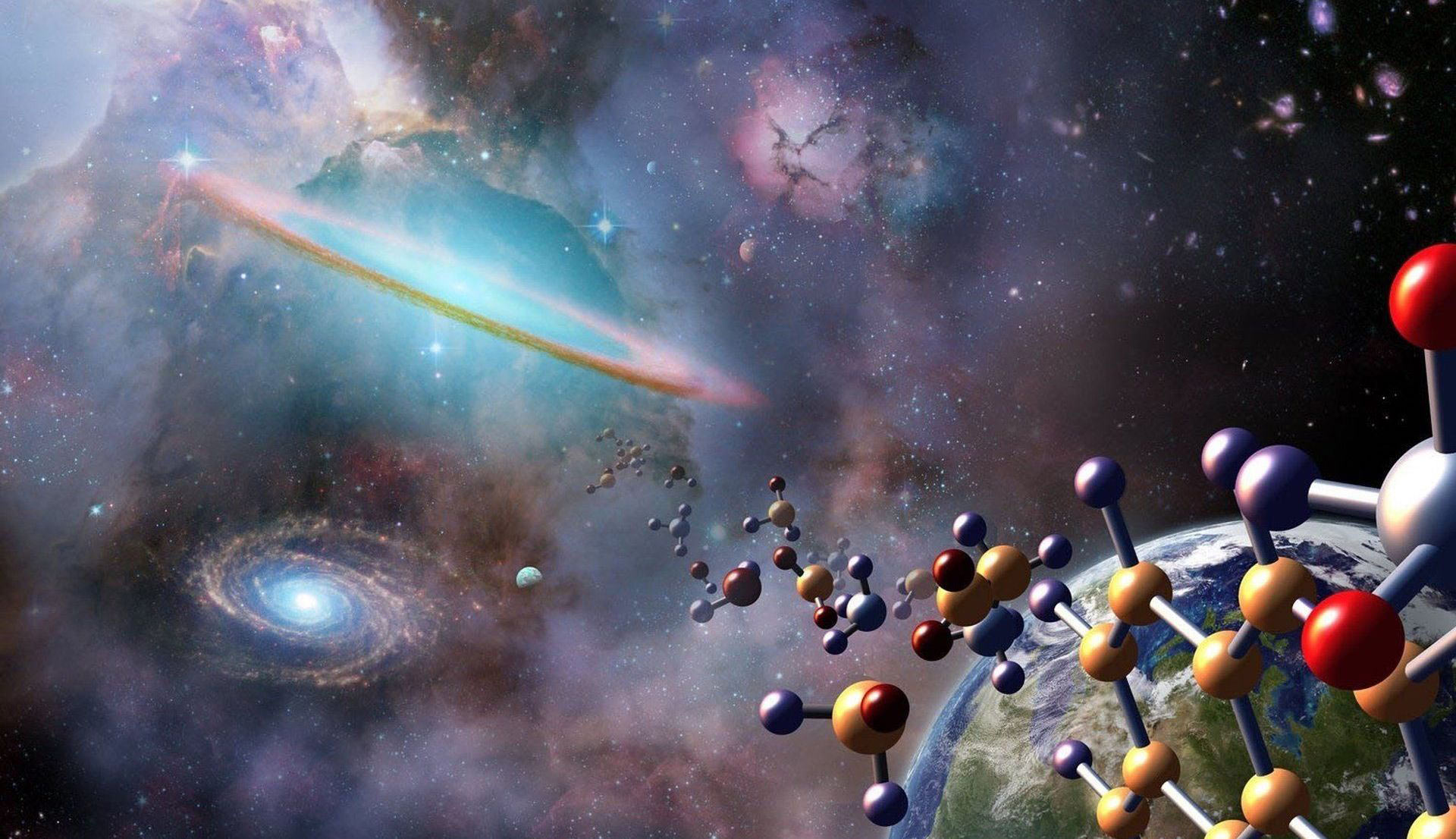Introduction
Humanity has long been captivated by the possibility that life exists beyond our pale blue dot. The cosmos, with its vastness and mystery, beckons us to explore the origins and evolution of life beyond Earth. Enter astrobiology, a multidisciplinary field that delves into the profound questions about life’s existence elsewhere in the universe.
What Is Astrobiology?
Astrobiology is more than just stargazing—it’s a scientific quest that combines biology, chemistry, geology, and space sciences. Let’s dive into what makes astrobiology unique:
- Interdisciplinary Approach: Astrobiology integrates investigations across various scientific domains. It seeks to understand the origins and evolution of habitable planets and biospheres. By bridging disciplines, astrobiologists explore the cosmic tapestry of life.
- Planetary Habitability: Imagine planets as cosmic cradles. Astrobiologists study how planets develop and maintain conditions conducive to life. From extreme environments to temperate zones, they unravel the secrets of habitability.
- Microscopic Explorers: At the heart of astrobiology lies the study of microorganisms. These tiny life forms—bacteria, archaea, and other microbes—hold clues to life’s beginnings. Astrobiologists examine their evolution, from molecular scales to entire ecosystems.
- Long-Term Planetary Changes: Earth’s history is etched in its rocks and fossils. Astrobiologists investigate how life interacts with planetary changes over eons. By decoding ancient biospheres, they piece together the puzzle of life’s journey.
The Search Beyond Earth
Astrobiology isn’t confined to our home planet. It extends its gaze to the cosmos:
- Extraterrestrial Samples: Imagine analyzing Martian soil or icy moons of Jupiter. Astrobiologists seek signs of life beyond Earth by examining samples from other celestial bodies.
- Spectroscopic Signatures: Light carries secrets. By studying electromagnetic spectra reflected from distant exoplanets, astrobiologists hunt for telltale signs of life. These spectral fingerprints reveal chemical compositions and potential biospheres.
- Origins of Life: Astrobiology explores the ultimate question: How did life emerge? From primordial soups to deep-sea vents, scientists piece together the cosmic recipe for life.
Bioinformatics: The Digital Frontier
Enter bioinformatics, the computational companion of astrobiology:
- Genomes and Proteins: Bioinformatics deciphers genetic codes and protein structures. It reveals evolutionary relationships and helps us understand life’s diversity.
- Metagenomics: Imagine sifting through microbial communities without a microscope. Bioinformatics analyzes DNA sequences from environmental samples, unveiling hidden ecosystems.
- Planetary Data Mining: Bioinformaticians mine data from space missions, telescopes, and satellites. They extract cosmic insights from terabytes of information.
Conclusion
Astrobiology and bioinformatics dance on the edge of discovery. They unravel the cosmic narrative, from the primordial spark to the far reaches of the universe. As we explore, we ask: Are we alone? The answer lies among the stars, waiting for curious minds to decode its celestial whispers.
References:
- Des Marais, D. J., & Walter, M. R. (1999). Astrobiology: Exploring the Origins, Evolution, and Distribution of Life in the Universe. Annual Review of Ecology and Systematics, 30, 397–4201
So let’s keep our eyes on the cosmic horizon, for there may be life—strange, familiar, or utterly alien—waiting to reveal itself.




